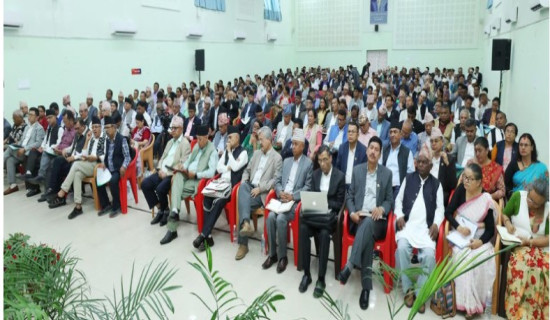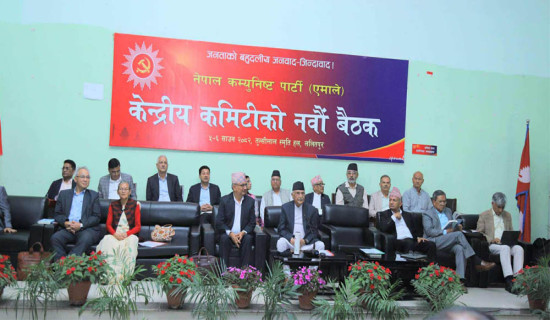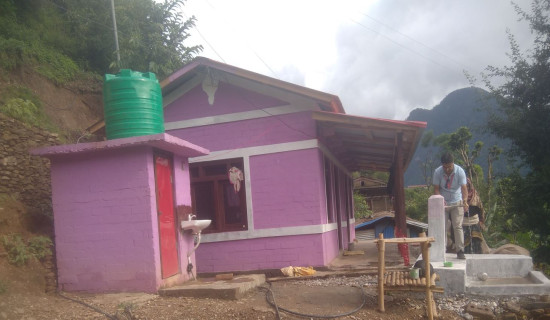- Tuesday, 22 July 2025
Expand Irrigation
Once again, after 2023, the Madhes Province has been in the throes of a crippling drought. Its direct impact is seen in the paddy fields. According to a July 21 news report of this daily, the province has so far seen the lowest paddy plantation progress among all provinces in the country, at 46.83 per cent, while the paddy plantation has been completed in 72 per cent of the total paddy fields across the country. Sudurpaschim province has topped the list with 97 per cent, followed by Karnali and Lumbini (both 87.93 per cent), Bagmati (87.19 per cent), Gandaki (79.28 per cent) and Koshi (61.79 per cent).
When a bread basket of the country is in the grip of a prolonged dry spell, the fear of imminent food insecurity ripples across the nation. Anxious about the worsening situation, the provincial government had sprung into action and started mobilising fire engines to deliver water to those acutely affected. What has exacerbated the crisis is the severely depleted aquifers across the region, thanks to the over-extraction of underground water and the over-exploitation of the resources in the Chure region. Traditional water sources are drying up, with Bara and Parsa being the hardest hit districts. Stoking the pain is the dysfunctional hand pumps and tube wells as a result of sharply fallen
aquifer levels.
In the last fiscal year (2024/25), Nepal is said to have faced a shortfall of one million tonnes of rice. With the enduring drought in the Madhes this year, the shortfall is likely to grow. Needless to say, scarcity makes things dearer. For average Nepalis, the galloping inflation is already a harsh reality and are in no position to bear the added financial burden. Most of the paddy growing areas depend on rain for plantation. When rainfall becomes scant, it fails to replenish groundwater, the bedrock of the nation's agriculture. In agricultural regions, people have their lives and livelihoods inextricably tied to rains. This crisis has highlighted the urgency of expanding irrigation facilities across the
agricultural belt.
In a country where perennial rivers meander abundantly, it's a pity that they haven't been harnessed to be used in the parched fields to ramp up agricultural yields. The government should make use of the Green Climate Fund (36.1 million USD) which was recently pledged to the country, to expand irrigation facilities in the territory. The Sunkoshi Marin Diversion Project, one of whose major aims is to supply water to several districts in the province for irrigation, can go a long way in addressing this crisis. The government must work on a war footing to complete the project as soon as possible. That's because when people have to struggle for as basic as staple diets, this dire situation can fuel unrest, chaos, and even violence.
This crisis comes at a time when the hilly regions are facing monsoon-induced floods and landslides, and the mountain region of Rasuwa district recently experienced a harrowing flash flood as a result of glacial lake outburst in the upper Chinese territory, leaving 7 dead and 18 missing. Experts have linked these extreme weather events to climate change. As the nation's vulnerability to climate change has already become unquestionably clear, the cost of not doing enough can be too huge to bear.

















